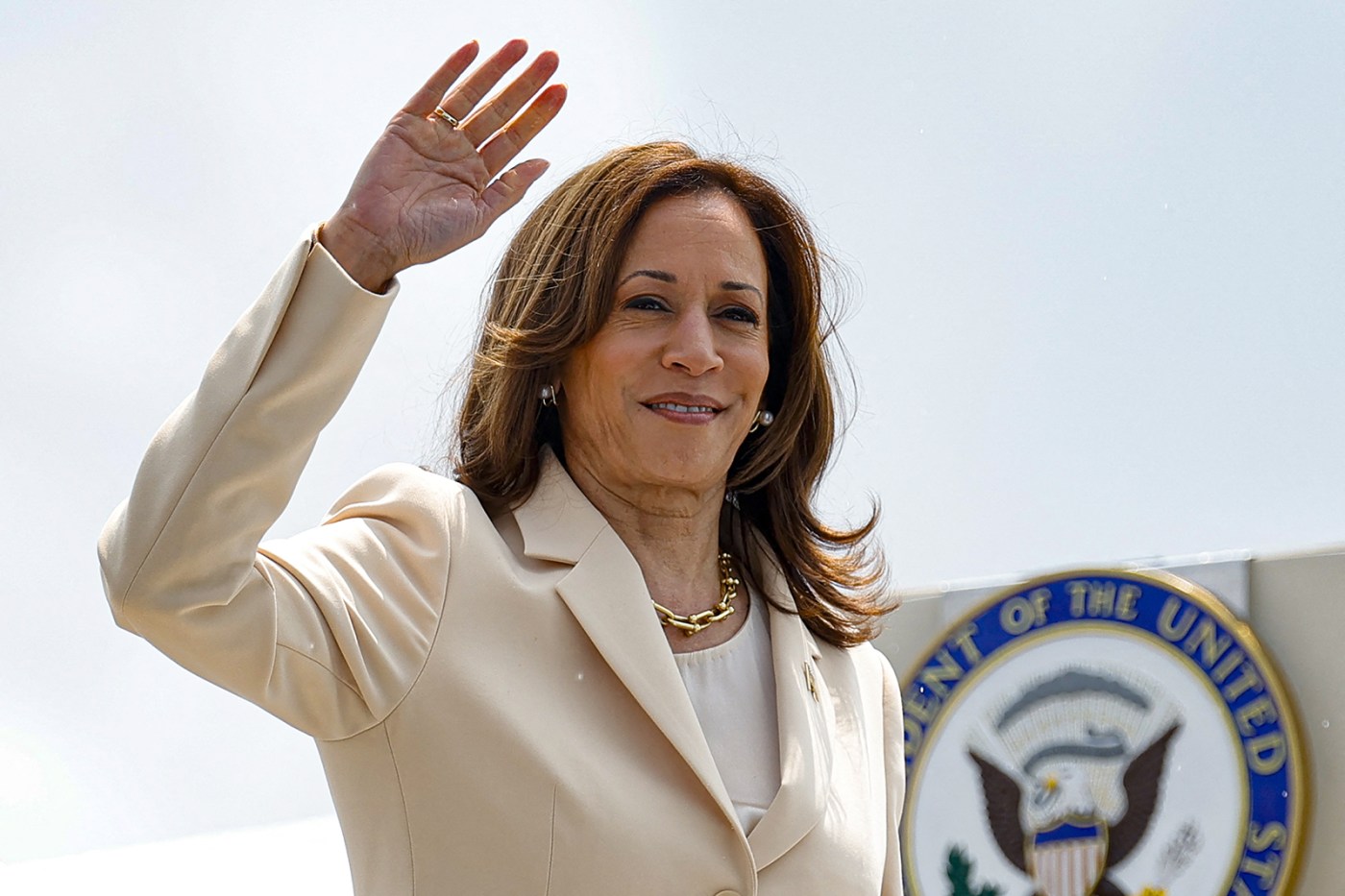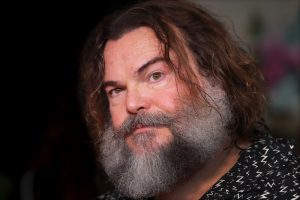Millions of Black Americans are descended from slaveholders who fathered children with women they owned. White ancestry is especially common among those of us whose families were enslaved in Thomas Jefferson’s Virginia, where the planter class was notorious for its mixed-race children.
My white great-great-grandfather, who managed the estate where my great-great-grandmother was held captive, was probably unknown even a county away. However, the wealthy slave owner whom Kamala Harris’ father, Donald Harris, claims as part of the family tree was someone to be reckoned with on both sides of the Atlantic. Hamilton Brown was believed to have been born in County Antrim, Ireland, in 1776. He set out to make his fortune in the Caribbean sugar trade and the commerce in humans upon which it depended. By the early 19th century, he was remaking St. Ann Parish in Jamaica, from his estate not far from Montego Bay.
Donald Harris grew up during the 1940s and ’50s in a settlement known as Brown’s Town. He was baptized, confirmed and installed as an acolyte in the grand Anglican church that Hamilton Brown had built. The family members who watched over Donald Harris when he was a child included his paternal grandmother, Christiana Brown, who owned a dry goods store and traced her lineage to Brown.
The Hamilton Brown story has been getting its media moment since Kamala Harris became the Democratic presidential nominee. The people of Brown’s Town as well as County Antrim seem thrilled at the possibility of a connection to a president. In the Black diaspora generally, the story strikes a note of recognition among those of us who have always spoken openly of the slaveholders who gained entrance to our families, whether through rape or consensual relations.
But the Irish slave baron’s story has also become the target of a trolling campaign aimed at denying Harris the right to a Black identity. Dinesh D’Souza, a right-wing provocateur, said she was ineligible to declare herself a descendant of the enslaved because she might have had an owner of slaves among her forebears. Radio host Mark Levin assumed that because her mother was from India and her father was from Jamaica, “to the best of my knowledge, her ancestry does not go back to slavery at all.”
‘I am who I am’
Had Harris been young and unformed, she might have reacted to such comments by deploying stories of the family’s ancestry in Jamaica, a blood-drenched epicenter of the trade in humans. But by the time this inquisition started, during her 2020 campaign for president, she had long since seen that there was no upside in explaining herself to people who were obsessed with questions of racial identify. Her answer to such questions had become, as she told The Washington Post: “I am who I am. I’m good with it. You might need to figure it out, but I’m fine with it.”
Nevertheless, the story of her family’s Caribbean life gives us a sense of what was driving her when she said during a 2019 interview that she had been born Black and would die Black without making excuses to people who refused to understand.
The belief that human bondage in the United States was the main event of the trans-Atlantic slave trade is common but false. At least 70% of the 12 million captives who were taken out of Africa were destined for sugar colonies that were centered in the Caribbean. Jamaica, an island about the size of Connecticut, received more than twice as many Africans as all of the 13 North American colonies. Historian Adam Hochschild aptly describes the Caribbean as the “slaughterhouse” of the slave trade.
Jamaica was perhaps the worst. Sugar plantations needed constant replenishing because they killed off captives at a horrific pace, through savage working conditions and starvation diets that disrupted female fertility. Planters reacted by pressuring younger women into sex, encouraging nuclear families that sociologist Orlando Patterson describes as “reproductive units” to create as many children as possible as quickly as possible. The planters set the stage for starvation by failing to invest in food for those children.
Terror was the primary method of controlling the enslaved, historian Trevor Burnard writes. As a result, “Jamaican slavery was especially brutal even by the elevated standards of New World brutality.” Sociopathic Englishman Thomas Thistlewood documented his horrific treatment of the people he owned, in a diary he kept for nearly four decades. He whipped men and women at the slightest provocation, rubbing salt, lime juice or urine into the wounds. Those who fell far enough out of favor were obliged to lie still as another person defecated in their mouths — and were then gagged. Thistlewood conscientiously recorded his sexual predations, recounting 3,852 acts of intercourse with 138 women over 37 years in Jamaica. None of the women he owned escaped his assaults.
Christiana’s stories
Harris’ family is quite near to Jamaican slavery in the generational sense. Christiana Brown, her great-grandmother, was born around the turn of the 1880s, when slave owner and legislator Hamilton Brown — from whom she claimed to be descended — was not yet 40 years dead. What was her relationship to her Brown relatives? Did they grant her the money that gave her a start in business? Did they deny her — as often happened to colored people in white families — leaving her to her own devices? How many family members were white and how many were brown?
Related Articles
When should police be involved at school? A bill would let California teachers make the call
Alameda firefighter’s racist rant after car accident goes viral on TikTok
Was Kate Middleton sick with cancer when book named her in ‘royal racist’ scandal?
Revisiting the cop shooting that ripped the seams of race relations in Southern California
East Bay school leaders commit to fighting racism amid concerns of attacks on Black students
These are questions for archivists and historians. But the timing of Christiana’s birth reveals something important: that she knew formerly enslaved people and had absorbed the stories of their lives. Those stories would have formed the emotional backdrop of her relationship with her grandson, Donald Harris, whether or not she explicitly shared them. He was 14 years old and utterly bereft when she died in 1951, as he wrote several years ago in an essay in Jamaican Global Online.
In that same essay, Donald Harris, a distinguished economist who taught at Stanford, reminisced about his frequent visits to Jamaica to walk his daughters, Kamala and Maya, through the “richness and complexity” of Brown’s Town. It seems likely that the Democratic presidential nominee knows Christiana Brown’s story but has refrained from exploiting it for political gain.
Having come this far, she is unlikely to change strategies now.
Brent Staples is a member of The New York Times editorial board.












